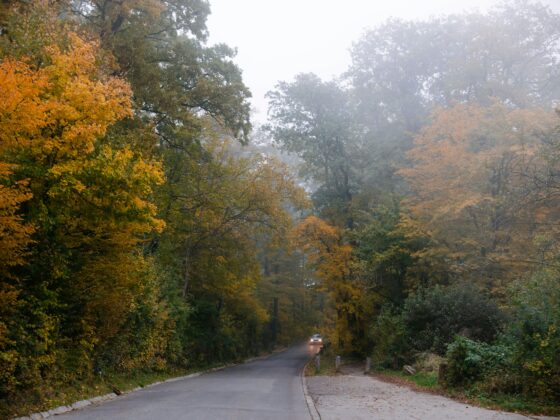
- The European Travel Commission (ETC) releases the latest insights on Europeans’ travel sentiment, showing stable intentions and resilient budgets across the region.
- Supported by insights from ten key European markets, the study highlights a growing appetite for off-season travel, with Southern Europe leading the way.
Europeans continue to prioritise travel, showing steady enthusiasm for exploring the continent even as the seasons turn cooler. According to the latest “Monitoring Sentiment for Intra-European Travel” report (Wave 23) by the European Travel Commission (ETC), 73% of Europeans intend to travel between October 2025 and March 2026, a figure that remains unchanged from last year.
International travel within Europe is on the rise. Most Europeans (63%) plan to travel beyond their home country this autumn and winter — a noticeable 3% increase from last autumn. Of these, 35% intend to visit neighbouring countries, while 29% are choosing more distant European destinations.
Travel also continues to top Europeans’ spending priorities, with 82% maintaining or increasing their travel budgets, far ahead of other leisure activities. Still, financial limitations remain the main barrier for those not planning a trip (36%), followed by a lack of time (27%).
Mature travellers drive demand
While enthusiasm for travel remains high, Europeans are planning fewer trips overall than last year. Nearly half (45%) will take only one holiday in the coming six months, a notable seven-point increase. Only one in three (34%) expect to travel twice, and just 16% plan three or more trips, marking a six-point drop.
The data also points to a maturing travel market. Middle-aged Europeans, particularly those aged 45–54, show the strongest travel intentions this season, while younger adults are slightly less likely to plan trips compared to last year. As travellers age, their behaviour also becomes more selective, with a growing preference for fewer but more meaningful holidays. Almost half of those over 55 now prefer a single trip, compared with roughly one-third of younger adults. This shift suggests a focus on quality and value rather than frequency.
A shift towards immersive travel
Europeans are also rethinking how they travel. Over the coming months, 60% will stay in one destination rather than moving between regions, reflecting a preference for deeper local immersion. Single-destination travel dominates among city-break (71%) and sun-and-beach (68%) travellers, whereas culture & heritage (44%) and nature & outdoors (42%) trips more often involve exploring multiple regions within a single country.
At the same time, the speed and convenience of reaching a destination remain key considerations. Air travel is the preferred mode of transport (57%, +4 points), followed by car (25%), including a small but growing share of electric vehicles (4%). Train travel continues to play a secondary role (13%).
Mediterranean Europe sees off-season boost
When choosing where to go, safety (20%) remains the leading factor, but pleasant and stable weather (15%) has gained importance, rising three points since last year. Combined with the appeal of attractive deals (13%) and destinations with a lower cost of living (10%), value for money clearly shapes travel decisions across Europe. Half of travellers will visit major tourist destinations, while the other half seek lesser-known, off-the-beaten-track places – showing a balance between Europe’s icons and its hidden gems.
Southern Europe is the standout winner of the season. The Mediterranean region
now attracts 52% of European travellers, up by a significant seven points compared to last autumn/winter. Spain has seen the sharpest rise in popularity (12%, +5 points), while Italy (8%) and France (8%) continue to hold strong appeal. In contrast, interest in Eastern Europe has dropped, with only 4% of travellers planning to visit, down six points year-on-year. These findings reflect an ongoing adjustment in travel behaviour, with more Europeans choosing warmth, comfort, and affordability beyond the summer peak.
We see some positive signs for Europe’s tourism ecosystem. High travel intentions, resilient budgets, and off-season interest in Southern destinations can help spread visitor flows and reduce seasonality. Yet with moderate trip lengths and cautious spending, businesses should adapt – developing pricing strategies and tailored packages that encourage longer stays and higher on-site expenditure to maximise value amid shorter travel plans. Miguel Sanz, President of the European Travel Commission
This project is co-funded by the European Union.
The report can be downloaded here.
About European Travel Commission
Established in 1948, the European Travel Commission is a unique association in the travel sector, representing the National Tourism Organisations of the countries of Europe. Its mission is to strengthen the sustainable development of Europe as a tourist destination. In the last several decades, ETC has positioned itself at the forefront of the European tourism scene, establishing its expertise and building up partnerships in areas of tourism, based on promotion, market intelligence and best practice sharing.






